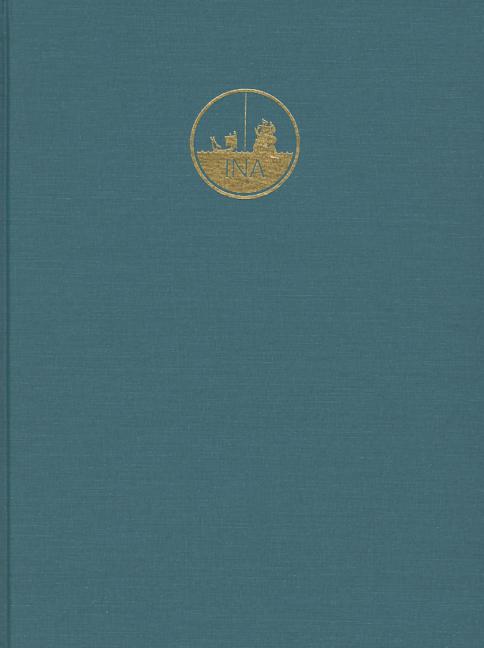Description
This book forms a final report on the underwater excavations I directed at Yassi Ada, Turkey, during the summers of 1961 through 1964 for the University Museum of the University of Pennsylvania. The excavation was the first to have been completed on the floor of the Mediterranean of a wreck with substantial hull remains. This pioneering work required the ingenuity, effort, and generosity of many people and institutions.
The seventh- century ship was chosen for primary excavation not only for its lesser depth, which allowed longer working dives, but also because Throckmorton had uncovered traces of its timbers just beneath the sand and because it was more intelligible from the outset: a stack of concreted iron anchors, lying across the cargo at its upper end, suggested the forward part of the ship pointing up the slope, toward Yassi Ada, while a mass of broken terra-cotta tiles and cooking ware suggested the galley--and, presumably, the stern--at the deeper end of the site.
Last updated on
Product Details
- Aug 1, 1982 Pub Date:
- 0890960631 ISBN-10:
- 9780890960639 ISBN-13:
- English Language




